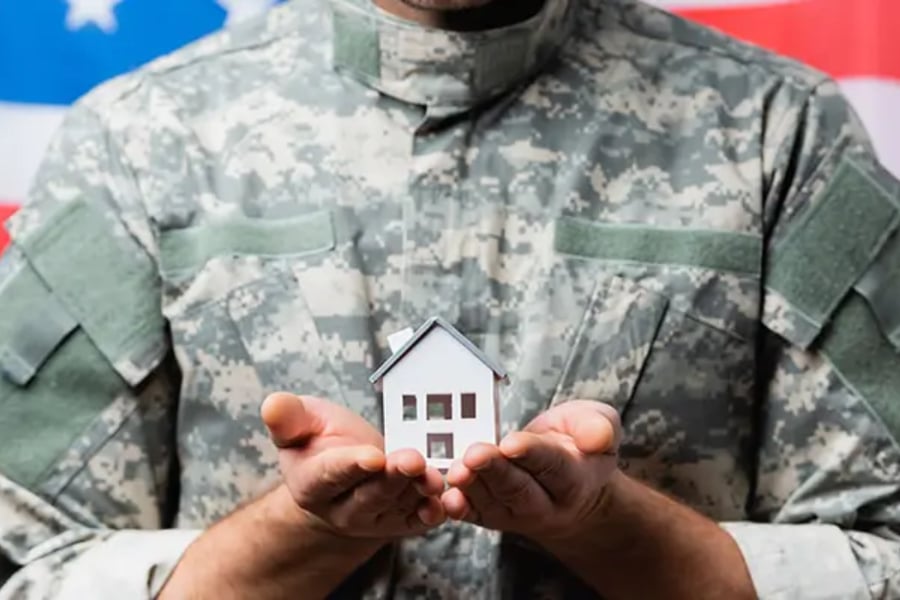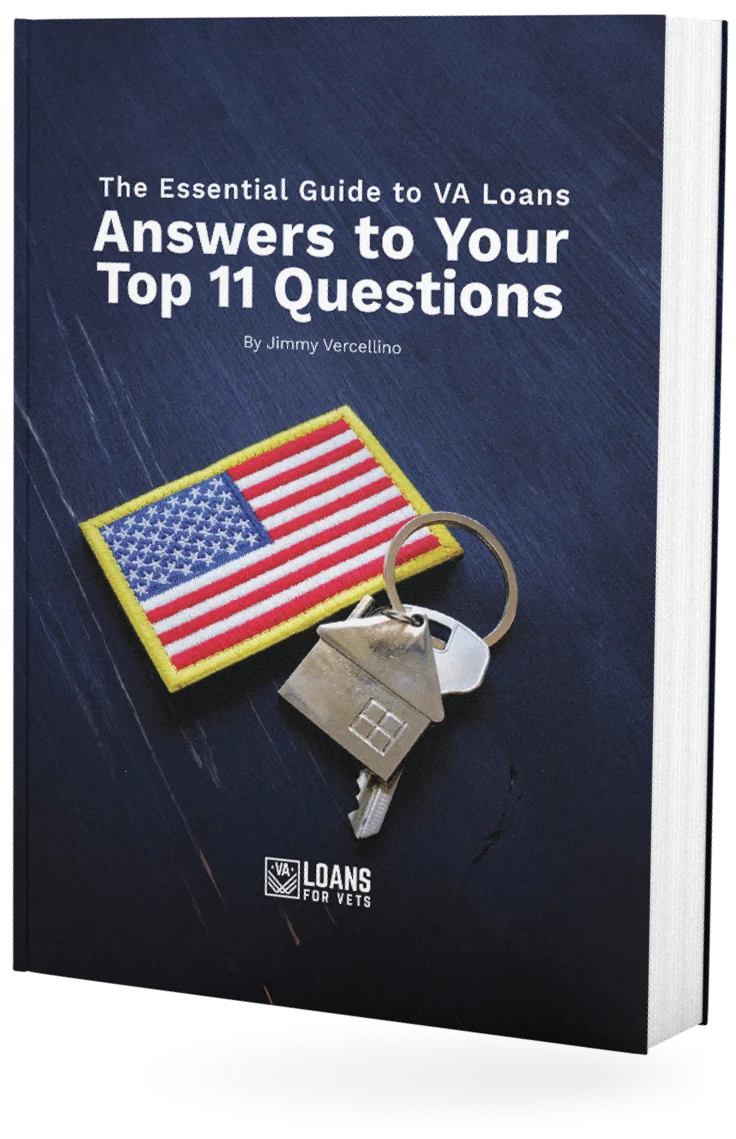As an active duty or recently retired military member, you deserve a home loan that’s been custom-tailored to meet your needs.
That’s where the VA loan program comes in.
To honor those who provide military service, VA lenders provide specialized home loans that were designed with our service members in mind, including reduced down payment options and streamlined loan processing.
Of course, these types of loans still come with their fair share of requirements.
One of the most complex and often confusing aspects of purchasing a home with a VA loan is the occupancy requirement, which states that individuals receiving the loan must be using the property as their primary residence.
Today, we’re breaking down everything you need to VA loan occupancy requirements so that you can start the loan application process with confidence.
Why do VA home loans have an occupancy requirement?
VA home loans were developed to give current and former service members the opportunity to purchase a home with fewer restrictions than most civilians, which is why living in the home is a requirement for these types of loans.
Instead of being used as an investment property or a vacation home, residences purchased through VA loan officers are strictly meant to provide shelter and long-term stability for service members and their families.
In other words, the purpose of a VA home loan is to make housing more accessible for those who serve, rather than simply owning more property.
To secure a VA loan, you’ll need to certify your intention to live in the home as part of the loan approval process.
What are the types of home occupancy?
You might think that home occupancy means strictly living in the home, but there are actually several options in place to help you satisfy the home occupancy requirements, even when you aren’t able to move into your new place right away.
Spousal Occupancy
Even if your spouse isn’t a military member, they’re still eligible to meet the VA home occupancy requirements if you aren’t able to immediately occupy the home yourself.
This option is helpful for service members who are currently deployed or will soon be deploying but don’t want to put off buying a home they love. As long as your spouse is able to live in the home amidst your absence, you’ll be qualified for a VA loan.
Dependent Occupancy
Another option for service members who are away from their homes is to take advantage of dependent occupancy, which allows you to meet the VA home loan occupancy requirements as long as your dependents are living in the home.
However, satisfying the requirements through your dependents means that you must be a parent or legal guardian of the individual living in the home, especially if you and your spouse are both away from the property for an extended period of time.
Retirement Occupancy
Finally, there may be situations where the person buying the home is planning to retire within the next year, and won’t be moving into their new place right away.
In this case, you can still secure a VA home loan by claiming retirement occupancy. You’ll need to provide written documentation stating when you plan to retire, so long as it’s within at least 12 months of your loan application date. This can allow you to purchase a home for retirement without waiting around until your official move-in date.
What is the “reasonable time period” rule?
Of course, claiming your home as your primary residence doesn’t mean that you need to occupy the home as soon as your loan closes.
Instead, VA loan officers operate based on the “reasonable period of time” rule, which allows you to meet the home occupancy requirements by moving into your home at least 60 days after the closing process.
And if you’re concerned about finishing your move within that time frame, you can request an extension of this rule by declaring a specific date that you’ll be moving into your home and having it approved by your lender.
What are the exceptions to VA home loan occupancy requirements
Military life can be complicated and there may be circumstances that prevent you from satisfying these requirements within the necessary time frame.
Thankfully, there are a few exceptions to these rules that may help you secure your home loan, even in the face of complex situations.
Deployments
Deploying is an essential part of being an active duty service member, but that doesn’t mean it has to prevent you from buying a home.
By obtaining an “intent to occupy” certificate, you can set a specific date that you’ll be returning from duty to occupy the home, which allows you to meet the requirements without needing a spouse or dependent to live on the property.
Home Delays
Sometimes the purchase of a home can come with repairs and renovations that could impact your ability to move in within 60 days.
In this scenario, you can apply to have your home occupancy considered “delayed,” which accounts for any necessary maintenance that needs to be done before you can safely live in your home.
What happens if I can’t meet the requirements?
Now that you know what it takes to satisfy the VA home loan occupancy requirements, it’s important to keep in mind that there are no exact penalties for failing to meet these standards.
Any steps taken to deal with a failed home occupancy are dealt with by the Department of Veteran Affairs, which goes above and beyond to help service members avoid the hassle of starting their home loan application over from scratch.
If you’re concerned about the potential consequences of not meeting these requirements, you should contact your local branch of veteran affairs for more guidance.
Ready to secure a VA home loan?
No matter what your circumstances look like, you can still satisfy the VA home loan occupancy requirements and move into a house you love on your terms.
Our team of VA home loan specialists has helped countless veterans through the loan application process and is here to answer any questions you may have about occupying your home.
Take the first step in the loan application process by calling (602)-908-5849 today.



